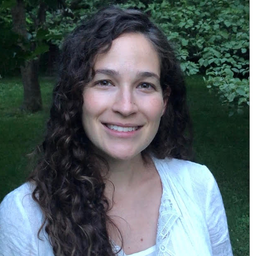General Session (Dendroclimatology, PT1)
My Session Status
Sub Sessions
Maritime forests are extremely important for coastal protection as they buffer storm surge and wind, conserve nutrients, and store groundwater. They grow several 100 meters behind primary beach dunes or along intertidal marsh-forest ecotones and within range of salt spray, near shoreline estuaries, where they support large amounts of biodiversity and migratory birds. Trees in these forests typically handle small concentrations of salt spray, strong winds, and slight flooding, but prolonged...
Although numerous proxy-based climate reconstructions have been developed and despite the prevalence of relatively long instrumental records throughout Europe, reliable information about past climate is still lacking in some regions, particularly eastern parts of the continent. This issue is linked to limitations in data quality and large uncertainties in existing records. The REPLICATE project aims to fill this spatial paleoclimatic and data quality gap by applying a tree-ring multi-param...
We present a 211-year tree-ring-based reconstruction of the annual mean flow of the Sainte Anne River, Gaspésie, Québec, Canada. The river traverses through the interior of the Gaspé Peninsula where the instrumental hydrological and climatic records are particularly short. This is the first streamflow/soil moisture reconstruction between the Hudson River and north-central Québec, filling a substantial geographical gap along the eastern North American margin, and adding to the only three ex...
Evidence of volcanic cooling and its human impacts has been described for various regions of the globe over the past several centuries to millennia, derived from paleoclimatic and historical data. Due to its remote location, detailed accounts of such impacts over Northwestern North America (NWNA) are still quite limited. Here we use a newly expanded tree-ring density network (derived from blue intensity as well as maximum latewood density parameters) to assess the climatic and human impact...
The spatial scale of climate fluctuations, or effective spatial degrees of freedom (ESDOF), depends on the timescale and the forcing: while local scale variability between far away locations may be independent on short timescales, they may become coherent over sufficiently long timescales, or if they are driven by a common forcing. While ESDOF have been estimated from instrumental data over the historical period and climate model simulations, it remains difficult to perform such analysis o...






